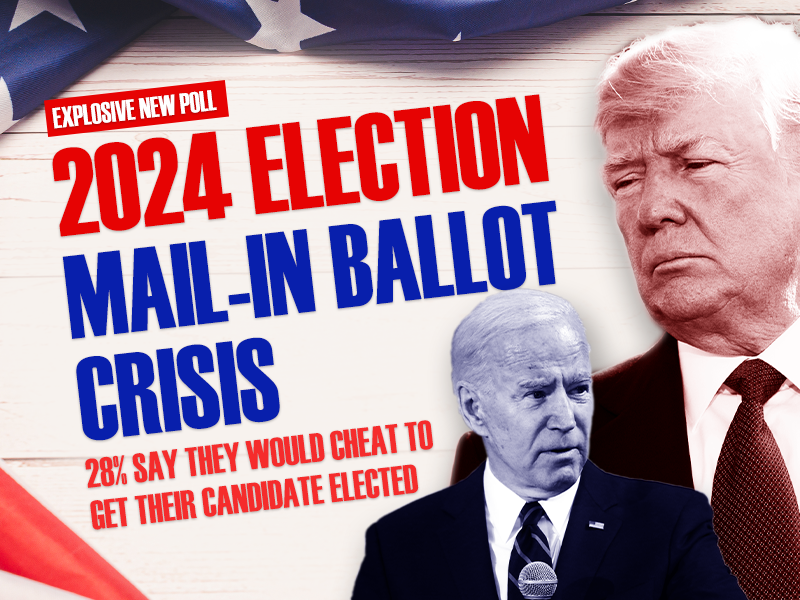The American Council on Science and Health has identified its “Top 13 health scares of 2013,” with a majority of the false health scares catering to environmental activism. In the third of a multipart series, Environment & Climate News presents excerpts from the Top 13 list:
Electronic Cigarettes (e-cigarettes)
E-cigarettes were developed during the early years of the 21st century. The concept is quite simple: the device visually resembles a cigarette, and it works by heating a mixture of nicotine in various concentrations in water and propylene glycol or vegetable glycerin, often with flavoring. Temperatures are much lower than in tobacco combustion, enough to create the vapor mixture that’s inhaled by the user (“vaper”). Some of the nicotine is absorbed, and the vaper blows out a plume of water vapor that looks like cigarette smoke but is harmless.
Origin of the scare:
This scare can be “credited” to the U.S. Food and Drug Administration (FDA), although as subsequent events revealed, the agency was hardly acting in isolation. The entire federal health bureaucracy under the Department of Health and Human Services has eagerly promulgated the alarmist “Don’t even try them” message to smokers, based on their own agenda and distorted evaluation of studies and surveys.
The official party line opposing e-cigs and denying their potential benefits was initially manifested in July 2009 when the FDA’s then-Principal Deputy Commissioner, Dr. Josh Sharfstein, announced the results of a study he commissioned to evaluate “possible toxins and carcinogens” in several e-cigarette cartridges and two e-cigarettes. The results were that tobacco-specific nitrosamines (carcinogens) and other toxicants, including an antifreeze compound (diethylene glycol) were detected. Sharfstein went on to declare highly addictive nicotine was likely to entice youngsters into a lifetime of smoking addiction from their initial experimentation with e-cigarettes. Other groups such as the American Lung Association, the American Cancer Society, the American Legacy Foundation, and the Campaign for Tobacco-Free Kids jumped on the scaremongering bandwagon.
The FDA decided to deem e-cigarettes a “drug or delivery device” and bar them from the marketplace and prevent their importation. In 2010 a federal court ruled the FDA had acted outside its legitimate mandate, and it allowed marketing and importation—so long as e-cigarette manufacturers and distributors made no beneficial health claims.
Some local authorities and politicians have nevertheless taken aim at e-cigarettes. Their positions often evince confusion between e-cigarette vapor and cigarette smoke, and also invoke hostility to “Big Tobacco.”
ACSH’s Perspective:
The short summary of ACSH’s analysis of electronic cigarettes and the pervasive campaign of dis- and mis-information carried out by the public health nonprofit organizations and officials is this: these relatively new devices hold great promise to alleviate the addiction to cigarettes, and its attendant risks of suffering and premature death. The chemicals in them are highly unlikely to pose a threat to health, as toxicological analysis has confirmed, and even less likely to harm bystanders. The FDA-approved methods to help smokers quit have been shown to be ineffective.
Bottom Line:
The FDA has not yet revealed its approach to e-cigarettes. The FDA’s ruling will determine whether the current, vibrant, independent market of e-cigarettes will survive as a lightly regulated consumer product or be subjected to stringent requirements based on the 2009 FDA decision. We hope the FDA’s Center for Tobacco Products will allow the current situation to continue, allowing millions of desperate, addicted smokers continued access to this lifesaving technology.
Artificial Sweeteners Make People Fat
Origin of the Scare:
In the summer of 2013, neurobiologist Dr. Susan Swithers presented a survey of studies on the use of artificial sweeteners that she summarized as supporting her theory that artificial sweeteners, rather than helping people lose weight, actually contribute to weight gain and obesity. Supposedly these compounds interfere with the body’s learned responses to sweetness, because the sweet taste is no longer linked to caloric content. This presented an interesting conundrum because people who wish to lose weight often turn to such sweeteners, which contain few or no calories, to help them do so.
ACSH’s perspective:
Dr. Josh Bloom pinpointed a basic problem with Swithers’ study and resultant media stories with a simple question: “Does opening an umbrella make it rain?” In more direct terms, simply noting, as many studies do, that heavy people drink more diet soda than lean people, doesn’t mean the soda caused them to be overweight or obese: That confuses correlation and causality. Someone who drinks diet soda rather than full-calorie soda may actually consume more calories if they give themselves permission to eat ‘just one more cookie’ because they’ve cut calories with the diet soda.
In addition, although the media covered the basic story of Dr. Swither’s findings, they ignored the critique later published in the same journal by Dr. C. J. Johnston and Dr. J. P. Foreyt of Baylor University, each of whom is an authority on obesity. These authors noted Swithers had not covered the literature completely and there have been many studies that support the usefulness of artificial sweeteners for weight control.
Bottom Line:
Artificial sweeteners are not a magic aid for weight control—there is none. But they can be helpful if used correctly, in spite of the doomsayers who want to ignore the importance of context and those with the usual ideological opposition to artificial sweeteners in general.





